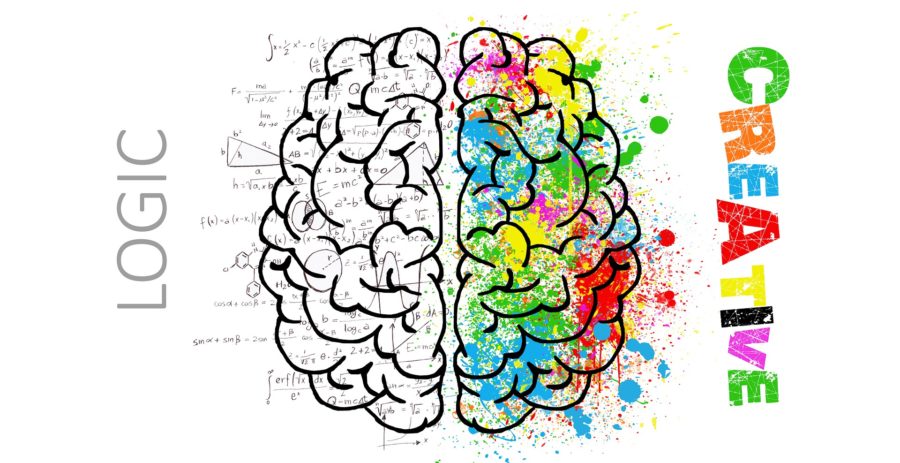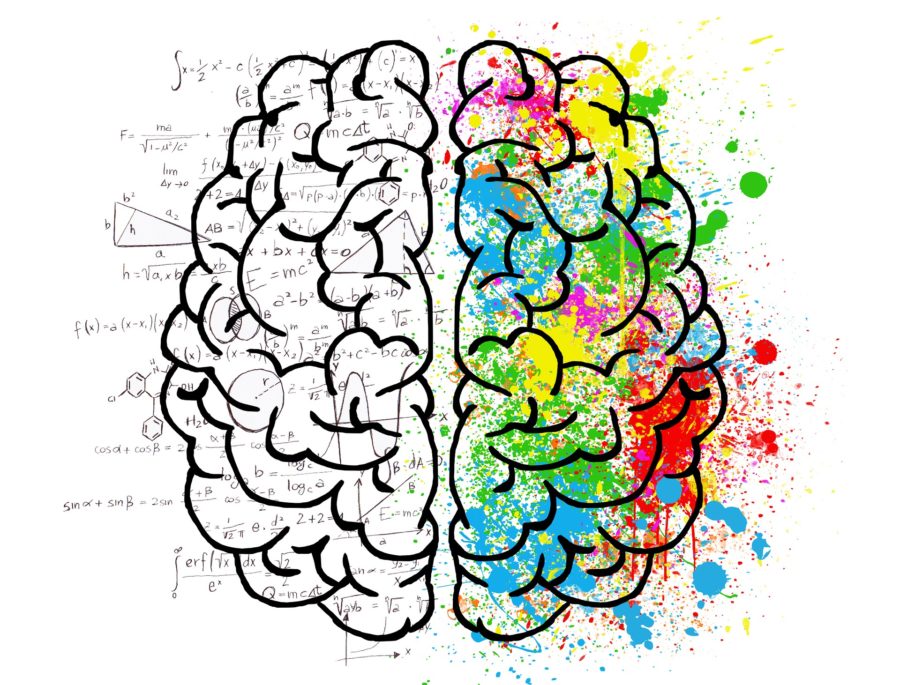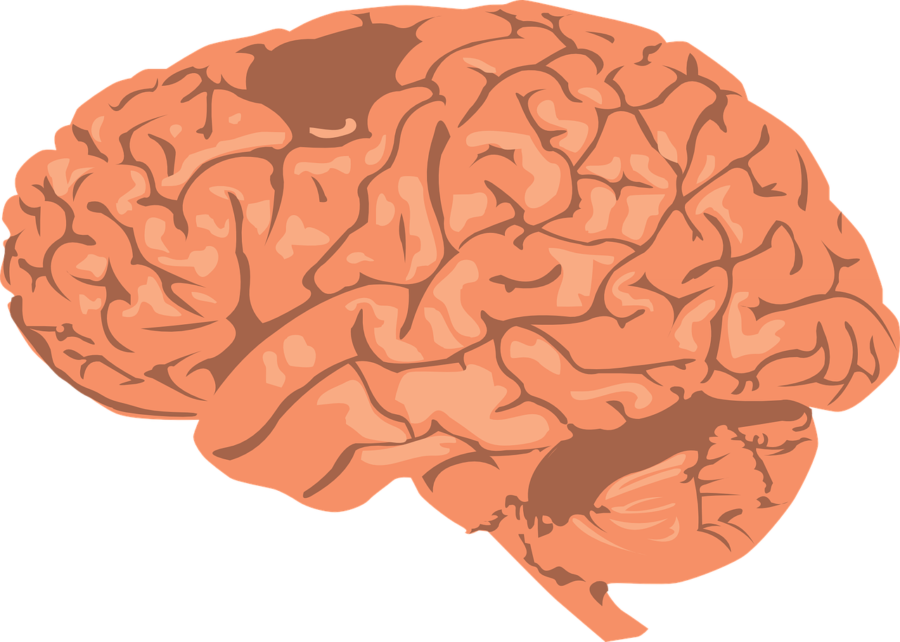
Medical science is constantly seeking new ways to detect disease early in order to begin effective treatment as soon as possible. Researchers from the University of California in Los Angeles have created a computer program that can identify cancer and its location in the body — all from a simple blood sample.
Jasmine Zhou, professor at UCLA and co-lead author on the study, said that keeping cancer diagnoses non-invasive can increase early detection and improve the probability of the patient surviving the disease, and that their new computer program can help do just that.
Using a blood sample, the computer will search for “specific molecular patterns in cancer DNA” and then will compare the patterns found in the patients DNA against a database containing patterns in specific types of cancers.
The database was built by the researchers, and Zhou said that they made sure to include a non-cancer baseline against which the sample could be compared to as well.
In order to test their new program, the researchers used blood samples from 46 different patients who had either liver, breast or lung cancer and tested the samples with their newly-developed program, along with two other methods for detecting cancer: the Random Forest and Support Vector Machine.
Random Forest had an error rate of 0.646, which is the chance that the test will give a false positive, and the Support Vector Machine had an error rate of 0.604. The new program had an error rate of 0.265, lower than both of the aforementioned methods.
Out of the 46 patients, 30 of them had early-stage cancer, and the new program was able to detect cancer in about 80 percent of the patients.
“Owing to the limited number of blood samples, the results of this study are evaluated only on three cancer types,” Zhou said.
Zhou said that tumors in organs circulating more blood, like the lungs and liver, were more easily detectable using the new program when compared with the breast, which circulates less blood.
“The technology is in its infancy and requires further validation,” Zhou said. “But the potential benefits to patients are huge.”








